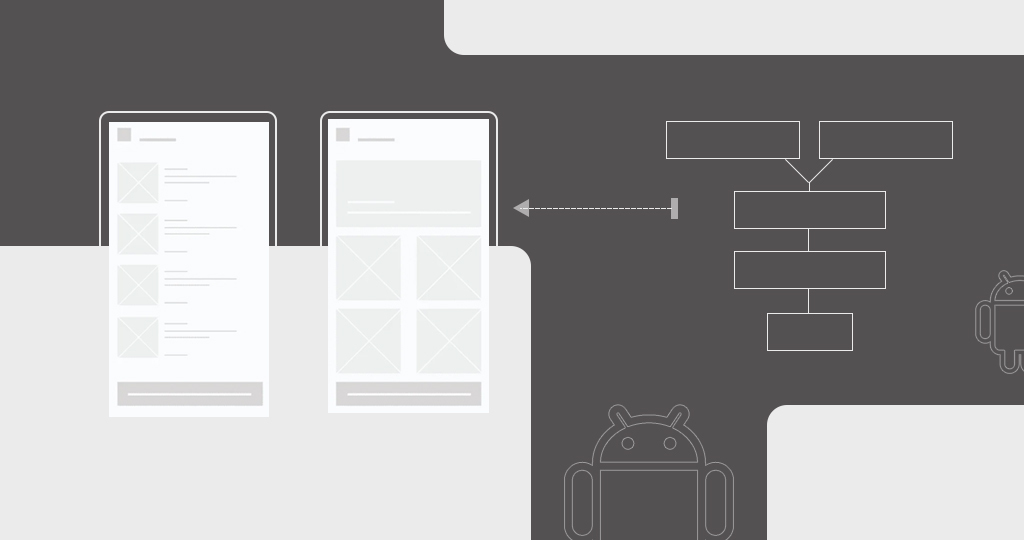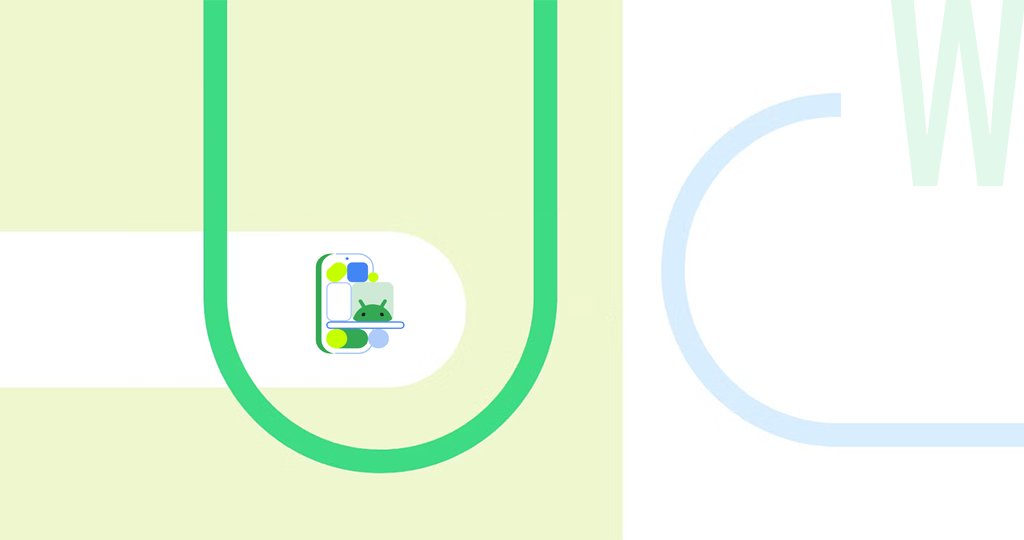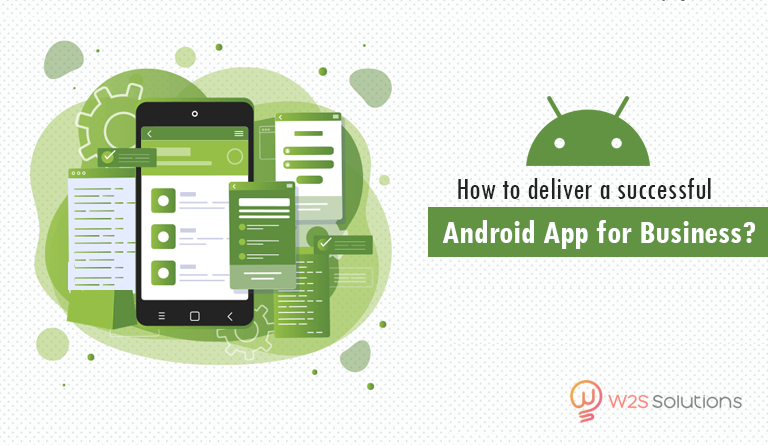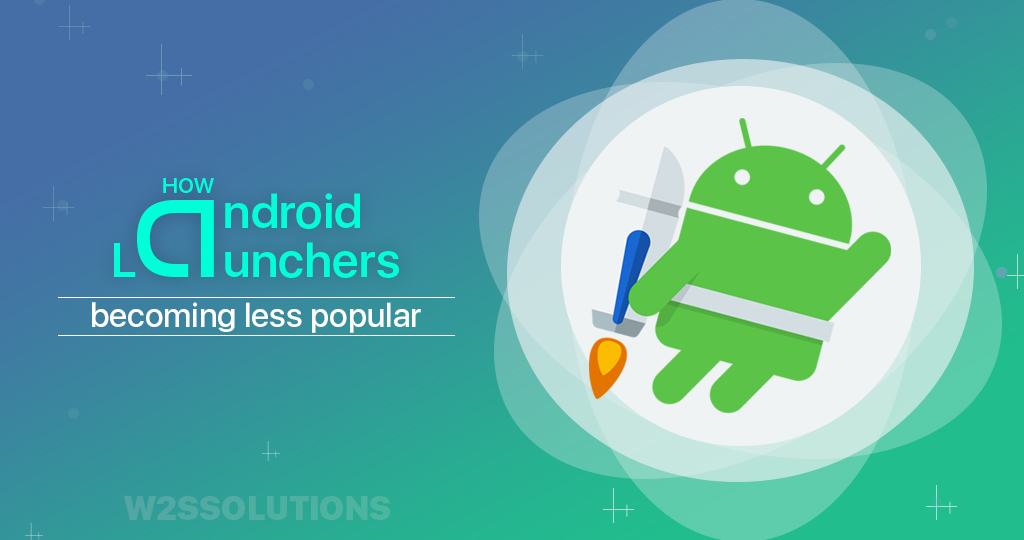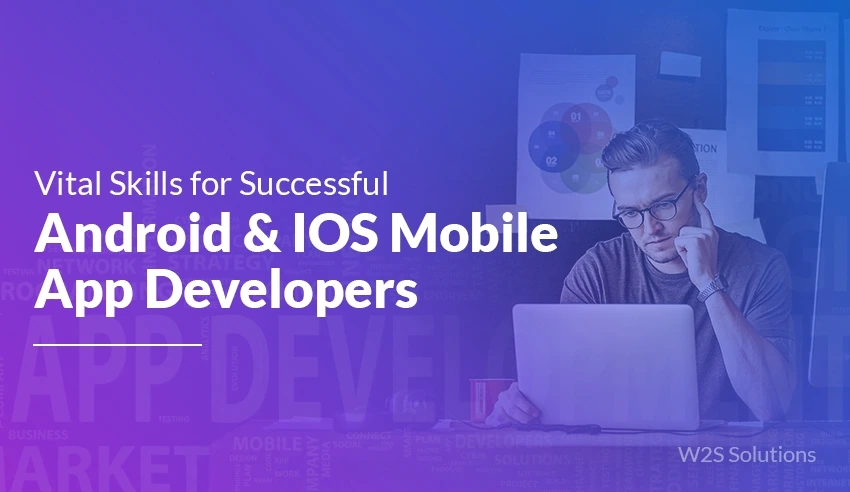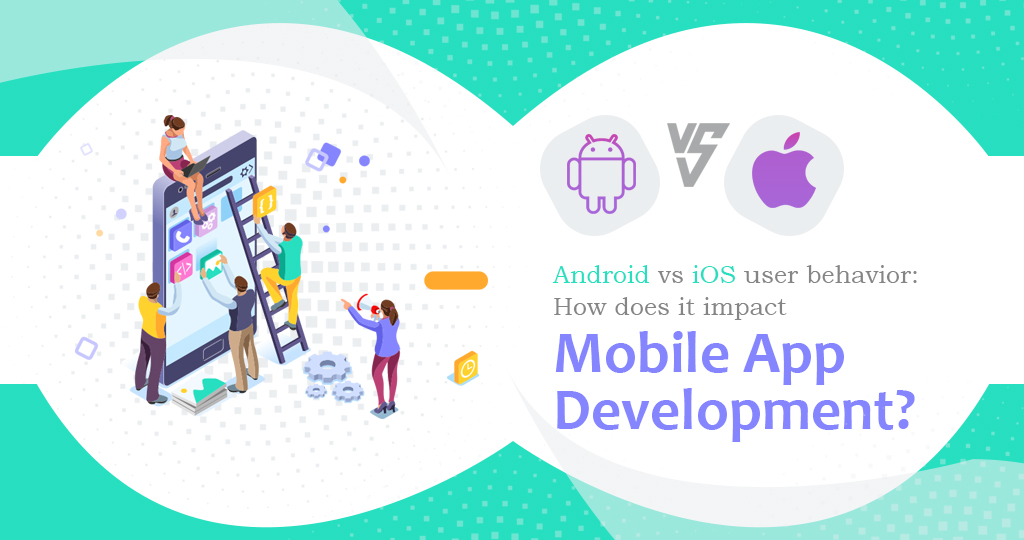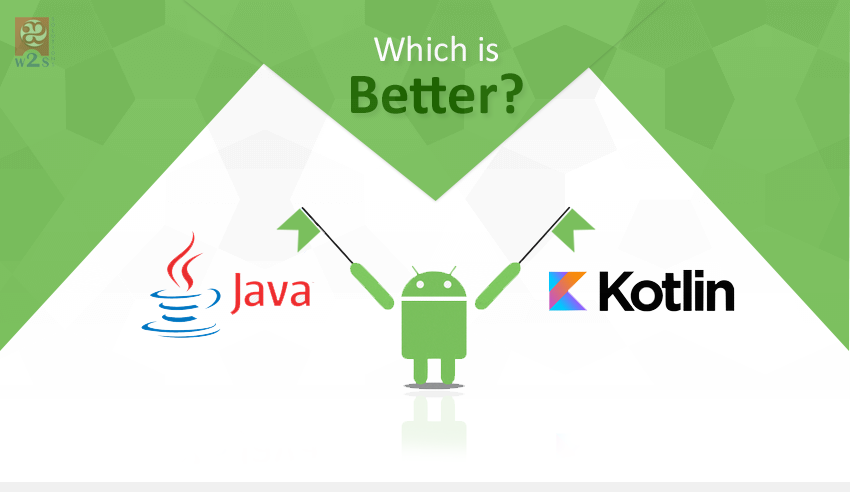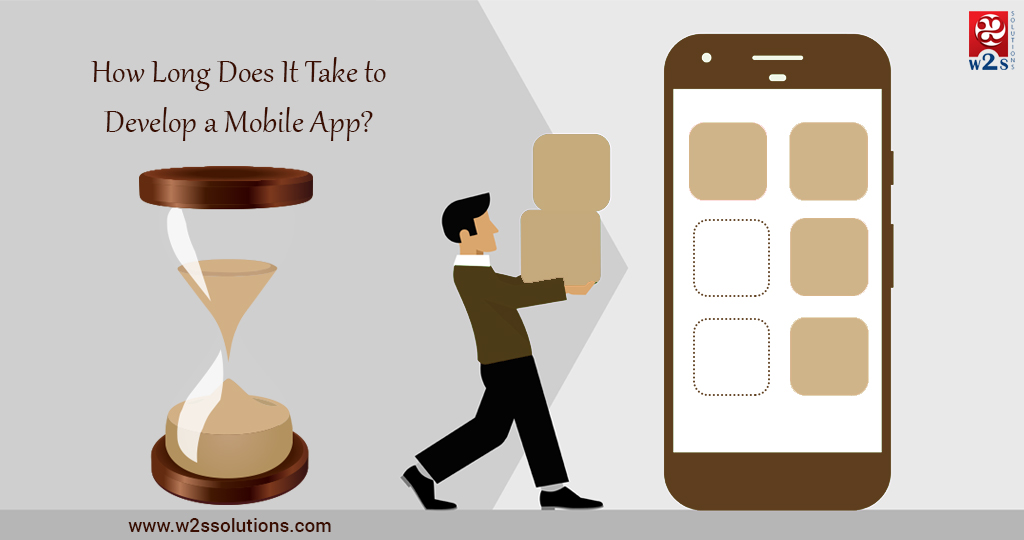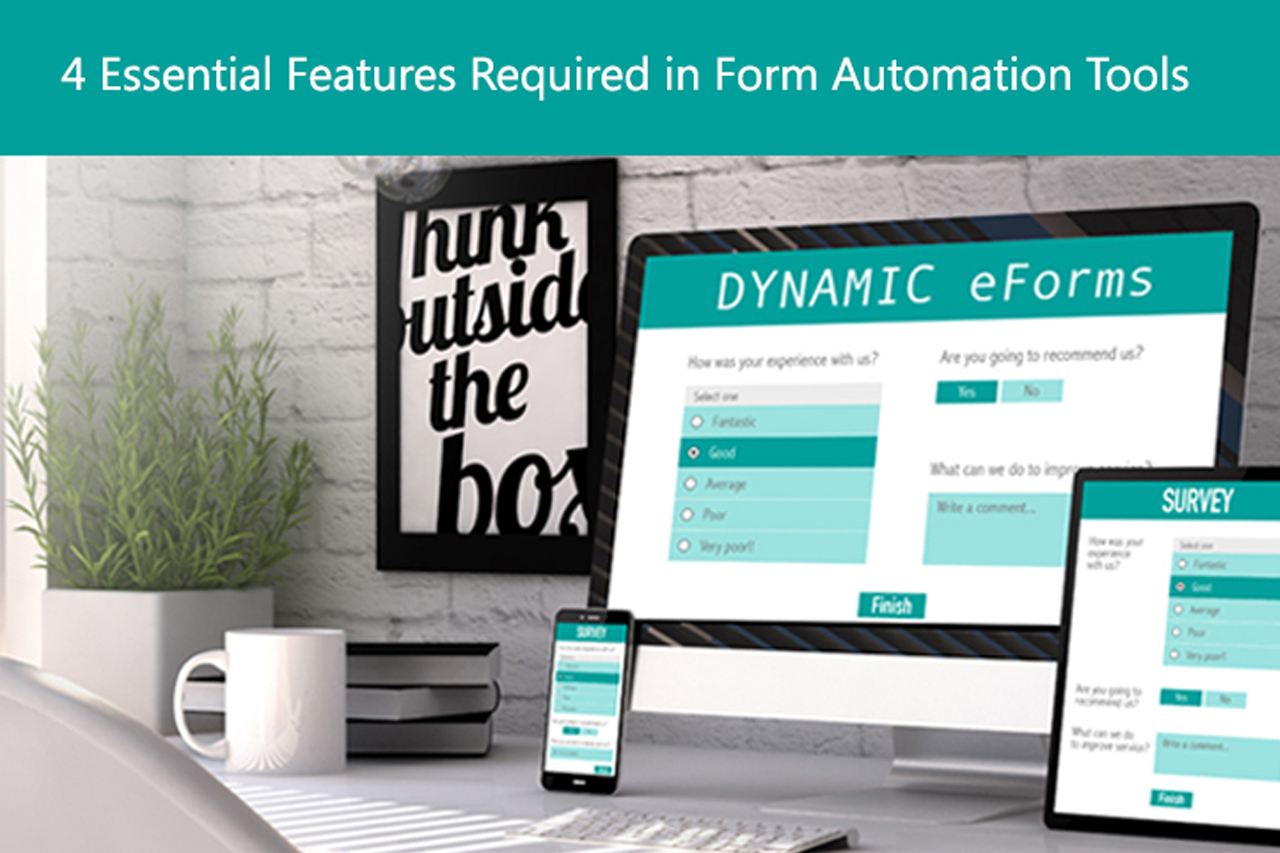TABLE OF CONTENT
Mobile app development has become increasingly important in today’s modern world. With the rapid growth of smartphones and online gadgets, the demand for high-quality mobile apps has also increased. As a result, Android app development has emerged as one of the most popular forms of mobile app development. However, creating an Android app is not just about writing code – it’s also about designing an architecture that will ensure the app’s long-term success.
In this guide, we will cover everything you need to know about Android app architecture, including its key components, general principles, and best practices.
What is Android App Architecture?
Android app architecture refers to the design patterns, principles, and guidelines that dictate how the various components of an Android app interact with each other.
A well-designed architecture ensures the app is scalable, maintainable, and easy to test. It also makes it easier for developers to collaborate and update the app as needed. A good Android app architecture is critical to creating apps
- Best performance
- Easy Maintenance
- Scaling app’s user base.
It also makes it easier for developers to add new features, fix bugs, and improve the app’s overall quality. By following best practices for Android app architecture, developers can create reliable apps that provide an excellent user experience.
Android app architecture involves creating a plan for how the different components of the app will work together. This includes designing the user interface, building data models, and deciding how to store and retrieve data. A well-designed app architecture will make the app more efficient, and more scalable.
The Key Components of Android App Architecture
The key components of Android app architecture refer to the fundamental building blocks that make up an app’s architecture more efficiently. These components include various aspects under activities, fragments, views, and data models, and they work together to provide the structure, behavior, and presentation of an Android app. Understanding these components is crucial to building a scalable, maintainable, and robust app with good Android app architecture. Android app architecture defines the boundaries between parts of the app and the responsibilities each piece has.
Some key components of Android app architecture include:
Layered architecture
This architecture pattern separates the app into layers, each with its responsibilities. The layers include the presentation layer, domain layer, and data layer.
UI layer
The UI layer is used for displaying the app’s user interface design. It includes UI elements such as activities, fragments, and views.
View models
These are classes that manage UI-related data and logic. They are responsible for handling user input and updating the UI.
Life cycle
This refers to the events during the app’s execution, such as when the app is created, started, resumed, paused, stopped, and destroyed.
Handle dependencies
This involves managing the dependencies between classes in the app. Dependency injection is a common technique used to handle dependencies such as,
- Futures (found in androidx.concurrent)
- Lifecycle components (including ViewModel)
- Navigation (including SafeArgs)
- Paging
- Room
- WorkManager
Testing
This involves writing tests to ensure that the app functions correctly. Testing should be done at all app levels, including unit tests, integration tests, and end-to-end tests.
Models
These are classes that represent the app’s data and business logic. They are responsible for retrieving and storing data.
Naming conventions
These are guidelines for naming classes, methods, and variables in the app. Consistent naming conventions make the code easier to read and maintain.
The Most Popular Android Architecture
Android is an open-source mobile operating system that powers with over 2.5 billion active users spanning over 190 countries worldwide. To meet the needs of the ever-growing demand for mobile apps, Android developers use different architectural patterns to create applications. Among these patterns, the three most popular architectures dominate the Android app development landscape: Model-View-Controller (MVC), Model-View-Presenter (MVP), and Model-View-ViewModel (MVVM).
- Model-View-Controller (MVC)
MVC is a widely used software architecture pattern that separates the app’s components into three interconnected elements: Model, View, and Controller. The Model represents the app’s data and logic, the View is the user interface, and the Controller handles user input, updates the Model, and updates the View accordingly. MVC is known for its simplicity and clear separation of concerns, making it easy to maintain and test the app’s components. However, MVC can lead to bloated Controllers, making the codebase less modular and harder to maintain.
- Model-View-Presenter (MVP)
MVP is an architectural pattern that aims to address the shortcomings of MVC. In MVP, the View and the Model are separate, and the Presenter is a mediator between them. The Presenter is responsible for updating the View, handling user input, and updating the Model accordingly. MVP reduces the burden on the Controller by moving much of its logic to the Presenter, making the code more modular and easier to test. MVP also makes it easier to swap out the implementation of the View, making it more flexible and adaptable.
- Model-View-ViewModel (MVVM)
MVVM is a more recent architectural pattern that takes the separation of concerns even further. In MVVM, the ViewModel is an intermediary between the View and the Model. The ViewModel is responsible for exposing the data to the View, handling user input, and updating the Model accordingly. The View observes changes in the ViewModel and updates itself accordingly. The Model is completely decoupled from the View and the ViewModel, making it easy to swap out and test. MVVM is known for its simplicity, testability, and adaptability.
General Architectural Principles of an Android App
- An architecture that makes Android apps scalable, reliable, and simple to test is required.
- The division of duties is essential. To keep the UI-based classes compact and prevent component lifecycle issues, they should solely deal with UI and OS interactions.
- To increase testability and robustness, UI should be powered by data models independent of other app components.
- For each form of data in the application, the Single Source of Truth (SSOT) pattern should be used. It preserves data, centralizes changes, and increases data traceability.
- The source of truth for data in offline-first apps is a database. However, ViewModel or UI can also be utilized occasionally.
The single source of truth notion frequently uses the unidirectional data flow (UDF) pattern. In UDF, events change the data flow opposite those that affect the state. This pattern offers all the advantages of the SSOT pattern while also providing a higher assurance of data consistency, reducing error risk, and making debugging simpler. In Android, events are often triggered by lower-scoped types until they reach the SSOT for the relevant data type. State or data typically flow from higher-scoped hierarchy types to lower-scoped ones of the order.
How to create apps with good Android app architecture
Define the purpose of your app: Before you start coding, you need to understand what your app will do and its features. This will help you determine what components you need and how they should interact.
Choose an appropriate architecture pattern: There are several architecture patterns available for Android development, such as Model-View-Controller (MVC), Model-View-Presenter (MVP), Model-View-ViewModel (MVVM), and Clean Architecture. Choose a way that suits the needs of your app and that will make it more accessible to maintain and test.
Implement separation of concerns: As mentioned earlier, separating concerns is crucial in creating a good app architecture. Keep UI logic separate from business logic and data storage. This will make it easier to test and maintain your app in the long run.
Use a single source of truth: When you define a data type in your app, assign a Single Source of Truth (SSOT) to it. This will make it easier to manage and maintain data consistency. The SSOT should be the only entity to modify or mutate the data.
Drive UI from data models: Your UI should be driven by data models, which are independent of the UI components. This will make it easier to manage UI changes and keep the app robust.
Use the appropriate components: Choose the proper components for your app, such as Activities, Fragments, Services, Broadcast Receivers, and Content Providers. Use each component for its intended purpose and avoid using them to store app data and state.
Implement Unidirectional Data Flow: In the Unidirectional Data Flow pattern, state flows in only one direction, and events modify the data flow in the opposite direction. Use this pattern to ensure data consistency and to make your app less prone to errors.
Test your app architecture: Test your app architecture thoroughly to ensure that it is robust and that it meets the needs of your app. Use automated testing frameworks such as Espresso, JUnit, and Mockito to ensure your app works as expected.
Best practices for Android app architecture
- Avoid storing data in app components like activities and services. Instead, use them only to retrieve the relevant data.
- Reduce dependencies on Android classes to make your app more testable and reduce coupling.
- Define clear boundaries of responsibility between different modules in your app to avoid spreading code across multiple classes or packages.
- Expose as little as possible from each module to avoid incurring technical debt in the long term.
- Focus on the unique core of your app to stand out from others and use Jetpack libraries and recommended libraries to handle repetitive code.
- Ensure each part of your app is testable in isolation.
- Types should be responsible for their concurrency policy and main-safe.
- Persist as much relevant and fresh data as possible to allow users to enjoy your app’s functionality even when offline.
While the above recommendations are considered best practices for Android app development, they may not be applicable or appropriate for every project. To know more about the Android app architecture, don’t hesitate to contact W2SSolutions experts and developers.
Tools and libraries for Android app architecture
Tools and libraries are essential for building an Android app with good architecture. They can help you implement the recommended app architecture, provide abstractions to reduce dependencies on the Android framework and make your app more testable, maintainable, and robust.
Here are some of the most valuable tools and libraries for Android app architecture:
Android Studio: This is the official integrated development environment (IDE) for Android app development. It comes with various tools for debugging, profiling, and testing your app.
Jetpack libraries: This is a set of Android libraries that provides a range of features and abstractions to help you build high-quality Android apps. These libraries cover a range of areas, including user interface (UI) components, app data persistence, app navigation, and app architecture.
Architecture Components: This is a part of Jetpack libraries that provides a set of libraries and guidelines for implementing the recommended app architecture. It includes LiveData, ViewModel, Room, and Navigation, among others.
Dagger: This is a dependency injection (DI) library that can help you reduce coupling in your app and make it more testable. It enables you to manage your app’s dependencies and inject them into your app’s components.
RxJava: This is a reactive programming library that can help you handle asynchronous operations and events in your app. It provides a range of operators you can use to compose and transform data streams in your app.
Retrofit: This is a type-safe HTTP client library that can help you retrieve data from remote APIs in your app. It abstracts away the low-level details of making HTTP requests and provides a simple and intuitive API for communicating with remote servers.
Mockito: This mocking framework can help you write compelling and readable unit tests for your app. It enables you to create mock objects of your app’s dependencies and simulate their behavior in your tests.
Espresso: This testing framework can help you write UI tests for your app. It provides a range of APIs for interacting with UI components and verifying their behavior.
Using these tools and libraries, you can implement the recommended app architecture, reduce dependencies on the Android framework, and make your app more testable, maintainable, and robust.
Conclusion
In conclusion, Android app architecture is the design patterns, principles, and guidelines that dictate how the various components of an Android app interact. It is critical to creating apps that perform well, are easy to maintain, and can scale as the app’s user base grows. Good Android app architecture ensures that the app is scalable, maintainable, and easy to test. By following the recommended architecture and best practices, developers can build robust, high-quality apps that provide an excellent user experience. This basic guide to Android app architecture provides an overview of the principles and benefits of android app development services boosts the android app architecture, and the recommended architecture for building scalable, modularized, and testable apps from scratch
Frequently Asked Questions
- Manage dependencies between classes in your app.
- Use dependency injection (DI) to handle dependencies.
- DI involves creating a container to manage dependencies.
- Pass dependencies to classes through constructors or setters.
- DI reduces coupling between classes.
- DI makes code more modular and easier to test.
- Mock objects can be used to swap out dependencies during testing.
- Some common Android app architectures include
- Model-View-Controller (MVC), Model-View-Presenter (MVP),
- Model-View-ViewModel (MVVM), and Clean Architecture.
Get inspired!
Subscribe to our newsletter and get updates on how to navigate through disruption and make digital work for your business!
